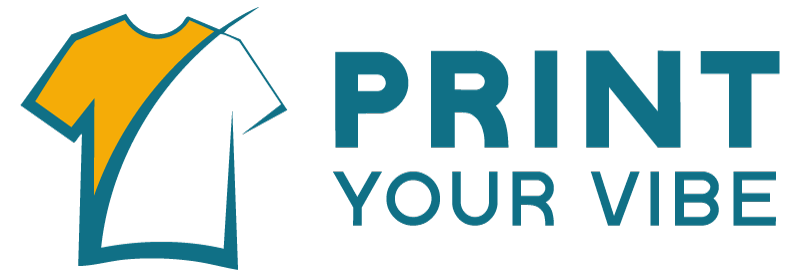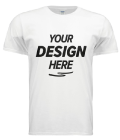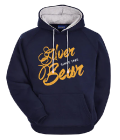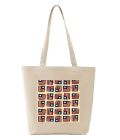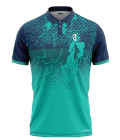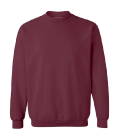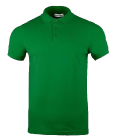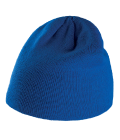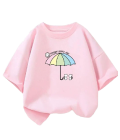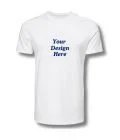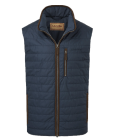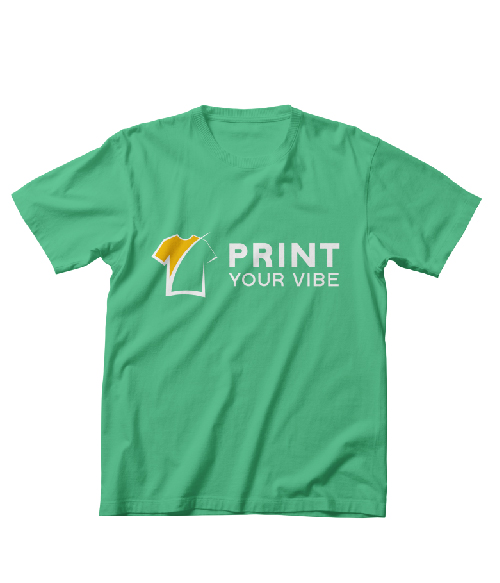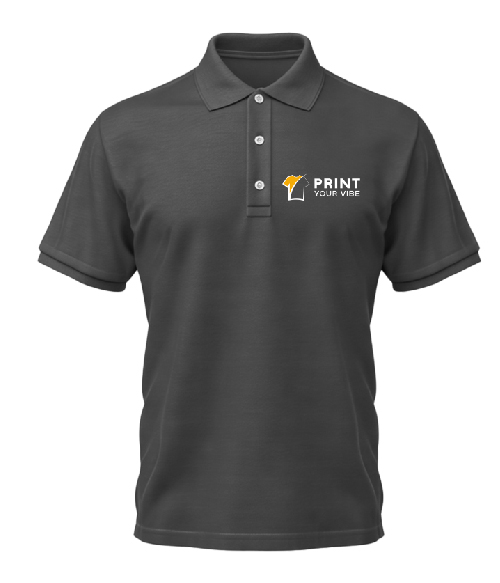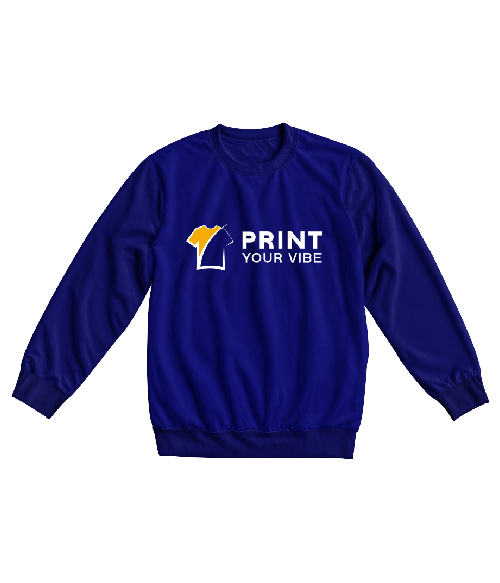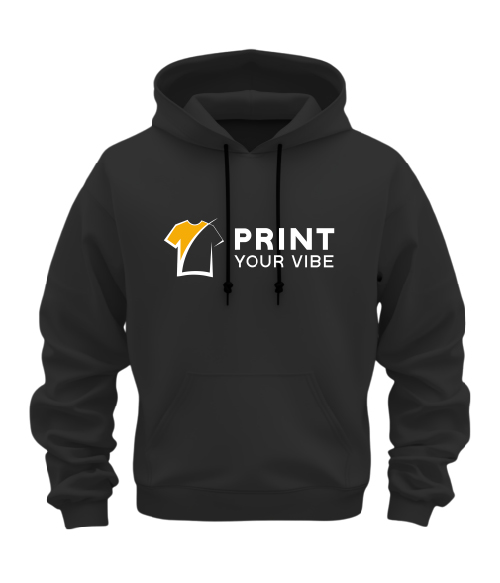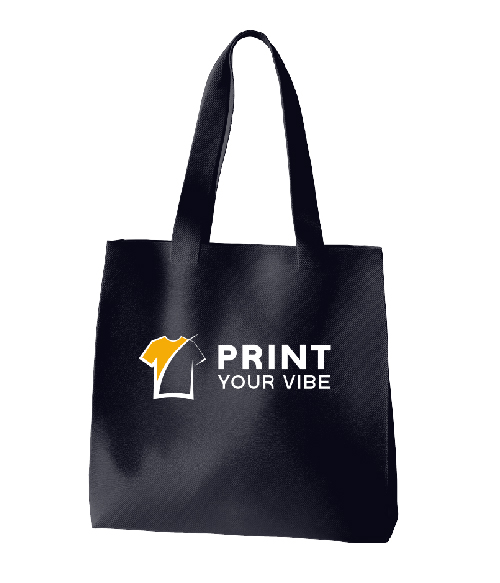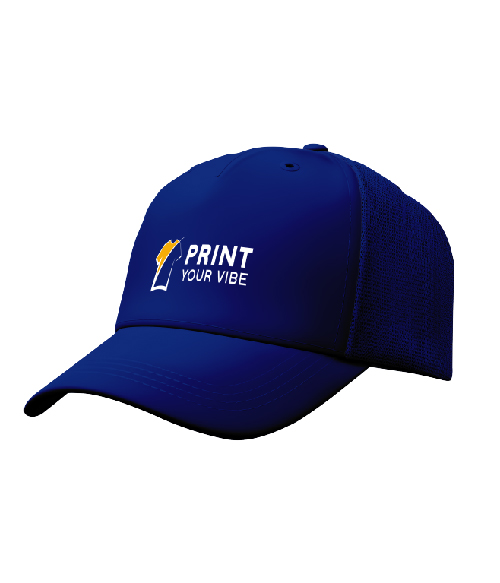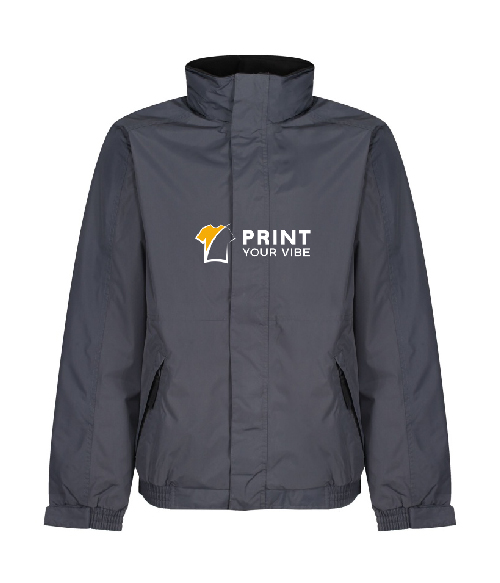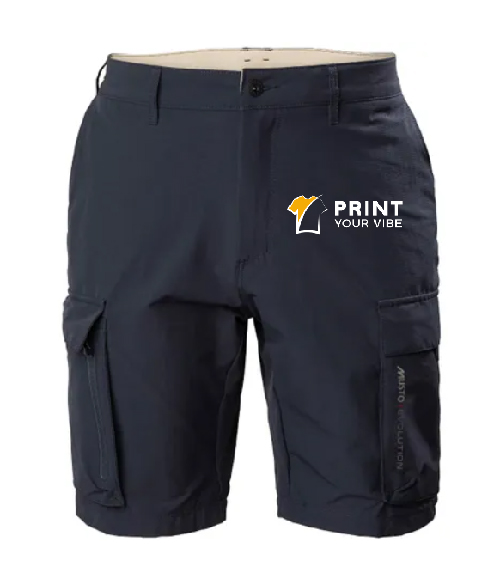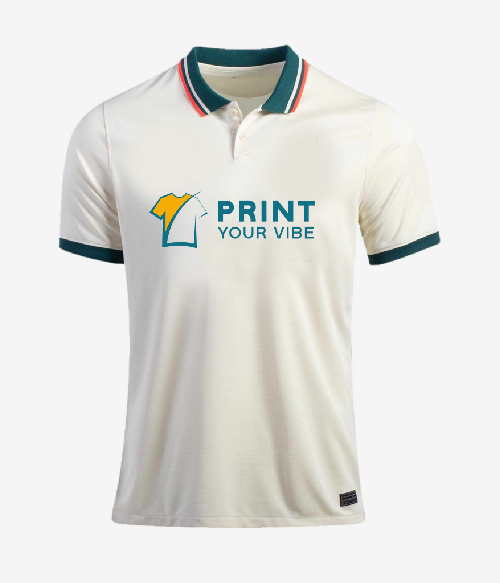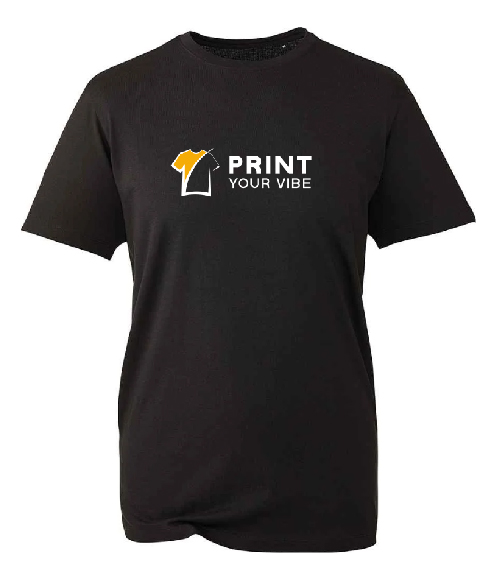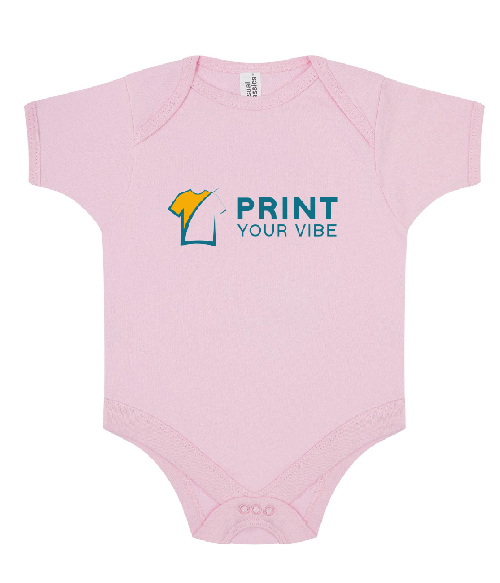DTG vs DTF Printing: Which Method Fits Your Vibe Best?
When it comes to custom t-shirt printing, the options can feel overwhelming. You might have a creative design ready to go, but the question remains: Which printing method will bring your vision to life the best? At Print Your Vibe, we often get asked about the difference between Direct-to-Garment (DTG) and Direct-to-Film (DTF) printing. Both are modern methods that deliver excellent results, but each has its unique strengths, weaknesses, and ideal use cases. In this guide, we’ll break down everything you need to know about DTG and DTF printing, helping you make the right choice for your next project.
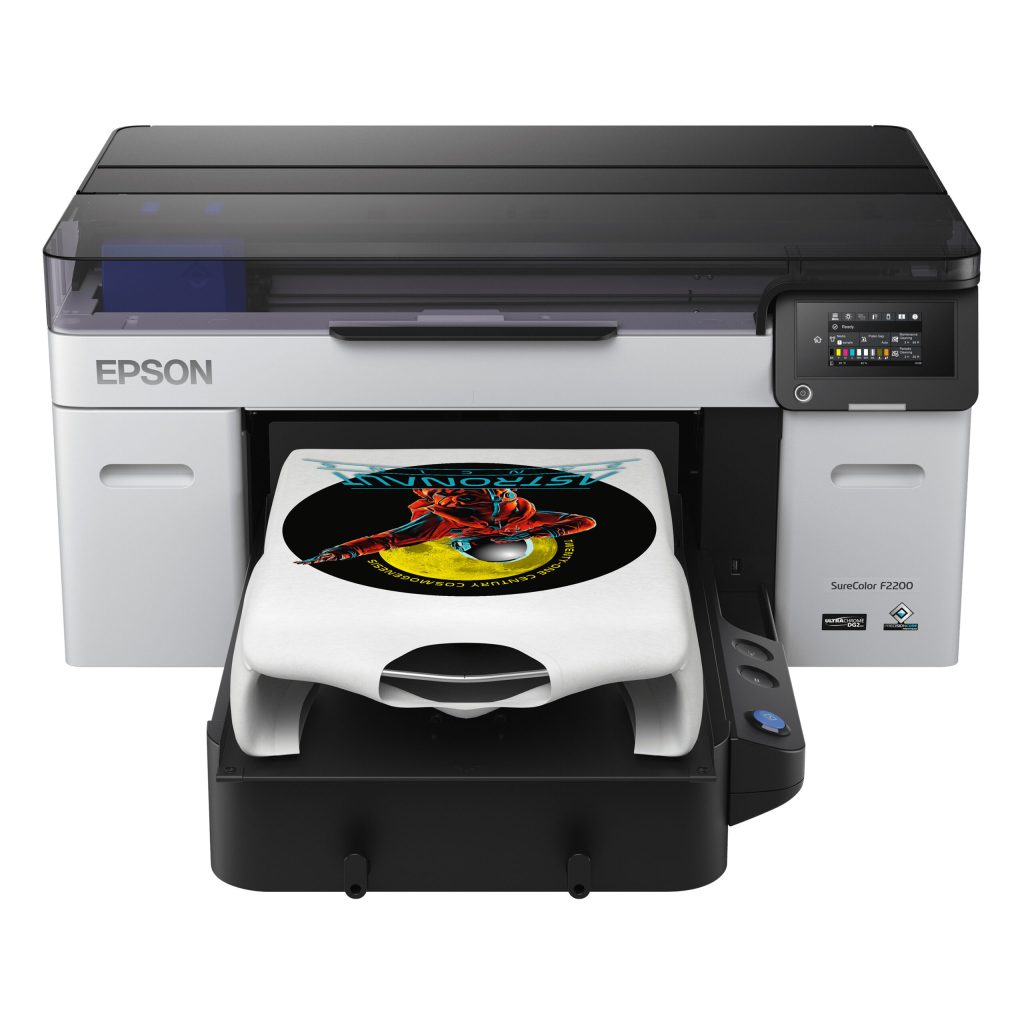
What is DTG Printing?
DTG stands for Direct-to-Garment printing, a method where specialised inkjet printers directly apply the design onto the fabric. Think of it like a regular printer, but for t-shirts. This method has become incredibly popular for businesses, independent designers, and hobbyists who want highly detailed and colourful designs.
How DTG Works:
- The garment is pre-treated (especially if it’s a dark colour) to ensure the ink adheres properly.
- The t-shirt is loaded into the DTG printer.
- The printer sprays water-based ink directly onto the fabric according to the design.
- The shirt is heat-cured to set the ink, ensuring durability.
Best For:
- Small batch or single-item orders
- Complex, multi-colour designs
- Soft, smooth prints on cotton fabrics
Pros of DTG Printing:
- High-quality prints: DTG allows for fine details and gradient colours that other methods struggle to achieve.
- Soft feel: The ink bonds with the fabric rather than sitting on top, giving a natural, lightweight feel.
- Quick setup for small orders: Minimal setup makes it perfect for custom t-shirts or small businesses.
Cons of DTG Printing:
- Slower for bulk orders: Printing large quantities can take longer compared to methods like DTF or screen printing.
- Limited fabric compatibility: Works best on 100% cotton; synthetic fabrics like polyester may require special pre-treatment.
- Higher cost per piece: Small-batch printing can be more expensive on a per-shirt basis.
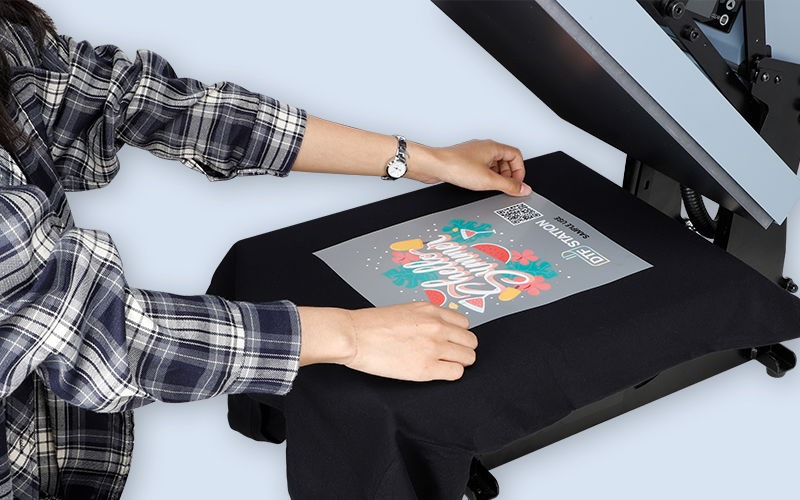
What is DTF Printing?
How DTF Works:
- The design is printed onto a clear film using specialised inks.
- An adhesive powder is applied to the ink while it is still wet.
- The film is heat-pressed onto the garment, transferring the design permanently.
Best For:
- Medium to large batch orders
- Printing on a variety of fabrics, including cotton, polyester, and blends
- Durable designs meant to withstand frequent washing
Pros of DTF Printing:
- Versatile: Works on nearly any fabric, making it ideal for varied garment types.
- Durable prints: Designs last longer even after multiple washes.
- Cost-effective for bulk: Once the setup is done, it’s easier to print multiple garments efficiently.
Cons of DTF Printing:
- Thicker feel: The design sits slightly on top of the fabric, making it less soft than DTG.
- Extra steps: Requires printing on film and heat pressing, which adds complexity.
- Colour vibrancy: While vibrant, DTF may not match DTG’s subtle gradient capabilities on cotton.
DTG vs. DTF Printing: What Are the Differences?
DTG (Direct-to-Garment) and DTF (Direct-to-Film) are both popular printing methods, but they differ in process, fabric compatibility, durability, and ideal use cases.
DTG Printing:
- Prints directly onto the fabric using water-based inks.
- Works best on 100% cotton.
- Produces high-detail, soft-feel prints.
- Best suited for small batch orders and complex designs.
DTF Printing:
- Prints onto a special film, then transfers to the fabric with heat and adhesive.
- Works on almost all fabrics, including cotton, polyester, and blends.
- Produces durable, long-lasting designs with a slightly thicker feel.
- Ideal for medium to large batch orders and versatile printing.
Key Differences Table
Feature | DTG | DTF |
Fabric Compatibility | 100% cotton | Almost all fabrics |
Print Quality | Soft, high-detail | Durable, slightly thicker |
Order Size | Small runs | Medium to large runs |
Cost | Higher per piece | Cost-effective for bulk |
Durability | May fade over time | Very durable |
Color Range | Excellent for complex designs | Vibrant, limited gradients |
DTF Printing and DTG: What Designs Are Each Printing Process Better For?
DTG Printing is best for:
- Complex designs with fine details or gradients
- Full-colour illustrations and photo-realistic images
- Small-batch custom orders on cotton garments
DTF Printing is best for:
- Bold, vibrant graphics
- Multi-fabric orders (cotton, polyester, blends)
- Medium to large production runs
- Designs that need durability and long-lasting wear
By understanding the strengths of each method, you can choose the right printing technique to make your designs look their absolute best.
When to Choose DTF Printing
DTF printing is the ideal choice if:
- You need prints that last longer and withstand frequent washing.
- You want versatility in fabrics: cotton, polyester, blends, or speciality materials.
- You’re printing medium to large batches and need cost efficiency.
- Your designs are bold, simple, or vibrant, where gradient detail isn’t critical.
DTF is particularly great for businesses creating merchandise lines, sportswear, or uniforms, where durability and flexibility matter more than the ultra-soft feel of DTG.
When to Choose Direct-to-Garment (DTG) Printing
DTG printing shines when:
- You want soft, high-quality prints that feel natural on cotton garments.
- Your designs are complex or photo-realistic, with gradients or intricate detail.
- You’re producing small batch orders or one-off custom t-shirts.
- You prioritise print feel and comfort over bulk production.
DTG is ideal for print-on-demand businesses, custom gifts, and artistic projects where design quality and feel are the top priorities.
How to Choose the Right Printing Method
Choosing between DTG and DTF printing depends on several important factors. To make the best decision, consider your fabric type, order size, design complexity, durability needs, and budget.
Consider Your Fabric Type: The type of fabric you’re printing on plays a crucial role in deciding the printing method. DTG printing works best on 100% cotton, producing soft and detailed prints that feel natural on the garment. If you plan to print on polyester, fabric blends, or speciality materials, DTF printing is the ideal choice, as it works on almost all fabrics without compromising quality.
Determine Your Order Size: Order size is another key factor. For small or single-item orders, DTG is perfect because it requires minimal setup and allows for high-quality, detailed prints. For medium to large orders, DTF printing is more cost-efficient and faster, making it ideal for bulk production.
Evaluate Design Complexity: The complexity of your design will also influence your choice. If your design has high detail, gradients, or photo-realistic elements, DTG is the better option as it reproduces intricate details with precision. For bold, simple graphics or vibrant solid colours, DTF printing works exceptionally well, providing durable and eye-catching results.
Assess Durability Needs: Think about how long your prints need to last. DTF prints are highly durable and resilient, making them perfect for garments that will be washed frequently. DTG prints, while soft and visually appealing, may fade faster over time, so they are better suited for occasional wear or small batches meant for display or gifts.
Factor in Budget and Cost: Budget considerations can make a significant difference. Smaller batches printed with DTG may cost more per shirt, but they deliver premium quality and detailed prints. Bulk production benefits from DTF printing, which offers better cost-efficiency and versatility, especially for large orders or merchandise lines.
By carefully weighing these factors—fabric, order size, design complexity, durability, and budget—you can select the printing method that perfectly fits your project. This ensures that your custom t-shirts not only look amazing but also stand the test of time.
Tips for Getting the Best Results
Prepare Your Artwork Correctly: The first step to achieving high-quality prints is ensuring your artwork is ready for printing. Always use high-resolution images (300 DPI or higher) to maintain crisp details and avoid pixelation. For DTG printing, make sure your designs are in RGB colour mode to get vibrant and accurate colours. DTF designs may require slight colour adjustments to match the final transfer, so double-check your colour settings before printing.
Choose the Right Fabric: Selecting the appropriate fabric is crucial for the best results. DTG printing works best on 100% cotton garments, giving a soft feel and excellent detail. DTF printing is more versatile and can be used on cotton, polyester, blends, and other materials. This flexibility makes DTF ideal if you plan to print on different fabric types without compromising quality.
Test Before Bulk Printing: Before producing a large order, always print a sample shirt. This allows you to check for colour accuracy, print placement, durability, and overall feel. Testing ensures that the final batch will meet your expectations and helps you avoid costly mistakes when producing multiple garments.
Follow Proper Post-Printing Care: Caring for your printed garments correctly will extend the life of your designs. For DTG prints, wash inside-out on a gentle cycle to preserve the colours and softness. For DTF prints, cold water is recommended, and ironing directly on the design should be avoided. Following these care tips ensures that your garments remain vibrant and durable for a long time.
Extra Tips for Best Results
- Keep your design simple if possible; very small text or intricate lines may not transfer well.
- Store printed garments in a cool, dry place before delivery.
- Avoid folding the printed area during storage to prevent cracking or smudging.
- Always communicate with your printer about fabric type, colour, and expected finish to get optimal results.
Conclusion
Both DTG and DTF printing are excellent modern printing methods, each with unique advantages. DTG excels at producing detailed, soft prints for small batches and artistic designs, while DTF is perfect for versatile, durable prints on a variety of fabrics and larger orders.
At Print Your Vibe, we help you choose the perfect printing method for your designs, fabrics, and order sizes. Understanding the differences between DTG and DTF ensures your final product looks amazing, feels great, and lasts long.
Ready to bring your designs to life? Explore our printing services at Print Your Vibe today and create the perfect vibe for your custom apparel!
Frequently Asked Questions
DTG (Direct-to-Garment) prints directly onto the fabric, offering soft, detailed designs ideal for cotton garments and small orders. DTF (Direct-to-Film) prints onto a film first and transfers the design to the fabric, making it versatile for almost any fabric type and more durable for bulk orders.
Both methods can work on cotton, but DTG is generally preferred for 100% cotton shirts because it delivers softer prints with fine details and smooth gradients.
Yes! DTF printing is ideal for polyester, blends, and speciality fabrics where DTG may not adhere well or produce vibrant results.
- Small batches or single orders: DTG is ideal despite slightly higher cost per shirt.
Medium to large batches: DTF is more cost-efficient and faster for bulk production.
- DTG prints are soft and visually detailed but may fade over multiple washes if not cared for properly.
DTF prints are thicker and highly durable, making them perfect for garments that are washed frequently.
Yes, but DTG excels at reproducing complex, multi-colour, or photo-realistic designs with smooth gradients. DTF works best for bold graphics and solid colours.
For merchandise or bulk orders with a variety of fabrics, DTF printing is recommended due to its versatility, durability, and cost-efficiency.
